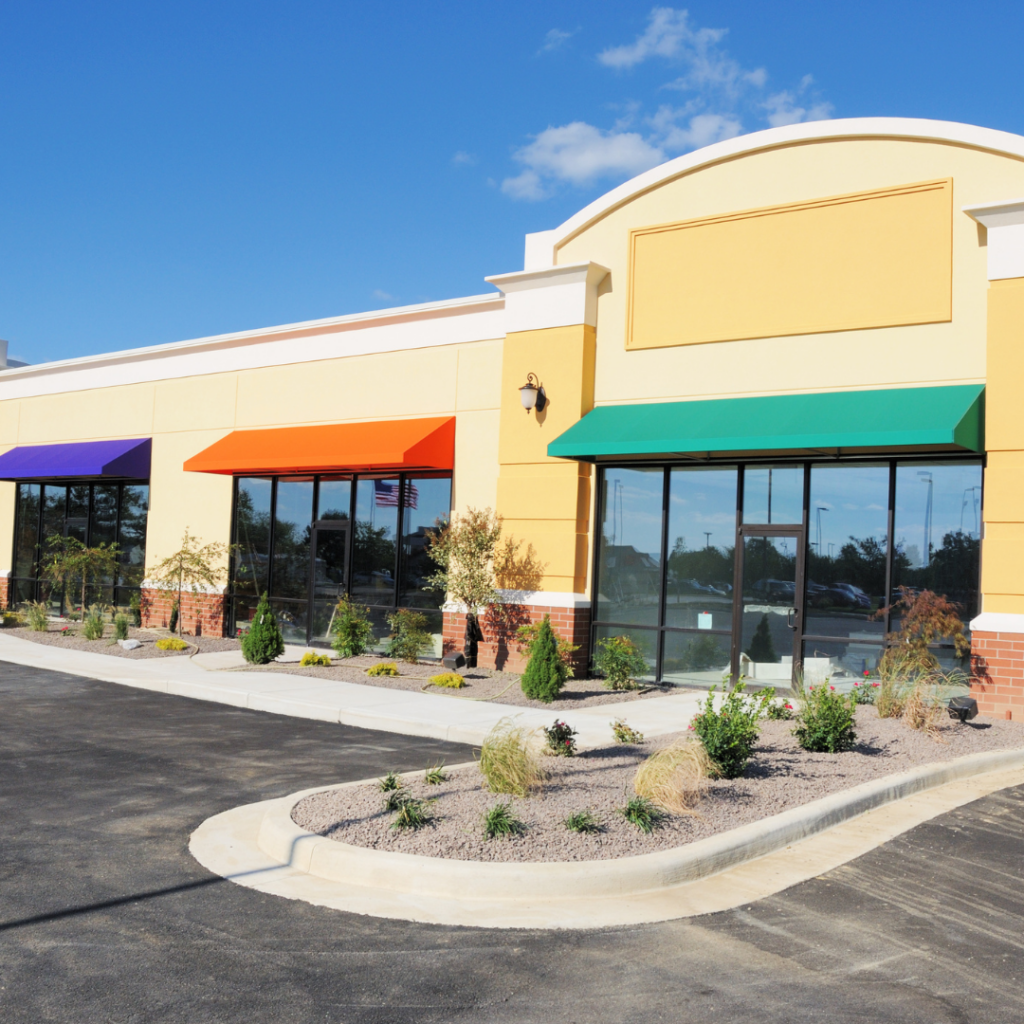- Home
- Retail
- Retail Investors Resources
- Top 10 Tips for Investing in Retail Commercial Real Estate!
Top 10 Tips for Investing in Retail Commercial Real Estate!
Investing in retail commercial real estate can be highly rewarding, but it also comes with its own set of challenges and risks. As consumer behaviors shift and technology continues to influence the shopping experience, retail spaces must adapt. This creates opportunities for savvy investors who understand the dynamics of this sector. Whether you’re a first-time investor or looking to expand your portfolio, following the right strategies can help you make informed decisions and maximize your returns.
Here are the top 10 tips for successfully investing in retail commercial real estate:
1. Understand Market Trends
Before diving into retail real estate, it’s crucial to understand the current and future market trends. The retail landscape is evolving quickly, with e-commerce impacting brick-and-mortar stores and consumer preferences shifting. Research local and national trends to determine whether the demand for physical retail spaces is stable or declining. Look for growth indicators such as population increase, new businesses opening, or infrastructure developments in your target area.
Retail investors who keep an eye on market trends can anticipate changes and position their investments for long-term growth. For example, the rise of mixed-use developments that combine retail, residential, and office spaces has opened new opportunities for investors.
2. Location, Location, Location
This classic real estate mantra is especially true for retail commercial properties. The success of a retail space largely depends on its location. Properties in high-traffic areas, such as near major highways, shopping districts, or in densely populated neighborhoods, tend to attract more customers. Similarly, proximity to complementary businesses can increase foot traffic and sales for tenants.
Before making an investment, assess the area’s demographics, median income, and consumer behavior. Also, consider future developments in the area, such as new transportation hubs or residential projects, that could impact the property’s value.
3. Evaluate Tenant Mix
A strong and diverse tenant mix is essential for retail property success. Having a mix of tenants that attract different demographics or offer complementary products and services can drive foot traffic and reduce vacancy rates. For instance, a retail property with a grocery store, coffee shop, and gym creates a more attractive environment, as these businesses draw different types of customers at different times of the day.
When evaluating potential properties, review the current tenants and their lease terms. Are they well-known brands or local businesses with a strong customer base? Diversifying tenants reduces risk, especially if one tenant leaves, others will still generate income.
4. Assess the Financial Health of Potential Tenants
When you own a retail commercial property, the financial health of your tenants becomes a key factor in your investment’s success. Conduct thorough due diligence on the businesses that will occupy your property. This includes reviewing their financial statements, creditworthiness, and the stability of the industry they operate in.
Tenants with stable financial health are less likely to default on rent, providing you with a steady income stream. On the other hand, if a tenant’s business struggles or files for bankruptcy, it can result in prolonged vacancies and lost revenue.
5. Understand Retail Lease Structures
Retail leases can be more complex than residential or office leases, with various structures that impact the landlord-tenant relationship. Common types of retail leases include:
- Gross Lease: The tenant pays a fixed rent, and the landlord covers most or all of the property expenses.
- Net Lease: The tenant is responsible for a portion or all of the property expenses, such as taxes, insurance, and maintenance, in addition to rent.
- Percentage Lease: The tenant pays a base rent plus a percentage of their gross sales.
Understanding the lease structure and how it affects your cash flow and property expenses is essential for successful retail real estate investing.
6. Factor in Property Maintenance Costs
Retail spaces require ongoing maintenance, including exterior upkeep, common areas, landscaping, and repairs. These costs can add up and affect your bottom line, especially if you’re responsible for the property’s maintenance. As an investor, it’s important to budget for regular repairs and upgrades to keep the property attractive to tenants and consumers.
In net leases, some or all of these costs may be passed on to the tenant. Still, ensure that you’re working with reliable contractors and maintenance companies to maintain the property at a high standard, as it will reflect on the overall customer experience.
7. Plan for Vacancy Periods
Vacancies are inevitable in retail commercial real estate, and it’s important to plan for periods when some or all units may be vacant. Budget for a buffer to cover mortgage payments, taxes, insurance, and other expenses during these times. The length of vacancy periods can vary based on location, the overall market, and the types of businesses in your property.
Proactive marketing, offering incentives for new tenants, and negotiating long-term leases can help reduce vacancy rates. Additionally, selecting properties in desirable areas or with flexible layouts can make the space easier to lease out.
8. Know Your Target Tenant’s Needs
Understanding the needs of your target tenant is key to making your retail property attractive to the right businesses. Retailers look for spaces that align with their brand, target audience, and operational requirements. This includes square footage, parking availability, visibility, and proximity to complementary businesses.
Consider whether the property you’re investing in offers amenities that are important to modern retailers, such as curbside pickup, storage space, or delivery access. A well-suited property will attract high-quality tenants and can command higher rent rates.
9. Embrace the Shift to Experience-Based Retail
With the rise of e-commerce, physical retail spaces have shifted towards providing unique, experience-based shopping environments that online platforms cannot replicate. Retailers that focus on offering interactive and engaging experiences, such as cafes, entertainment venues, or fitness studios, are thriving in this new landscape.
When evaluating retail properties, consider how they can be adapted or designed to accommodate experience-driven tenants. Flexible layouts that allow tenants to create interactive spaces or community hubs can increase a property’s desirability and attract higher foot traffic.
10. Hire an Experienced Commercial Broker
Navigating the complexities of retail commercial real estate can be overwhelming, especially if you’re new to the market. Hiring an experienced commercial real estate broker can provide you with expert guidance on property selection, negotiation, and lease structuring.
A knowledgeable broker will have deep insights into local market trends, property values, and tenant preferences. They can help you identify investment opportunities, avoid potential pitfalls, and maximize your returns by negotiating favorable terms with tenants and sellers.
Conclusion
Retail commercial real estate can be a lucrative investment if approached strategically. Understanding the market, selecting the right location, and maintaining a diverse and financially healthy tenant mix are essential components of success. By following these ten tips, you’ll be well-equipped to navigate the challenges and opportunities that come with investing in retail spaces. With the right strategies and the guidance of experienced professionals, you can build a profitable portfolio and capitalize on the evolving retail landscape.



